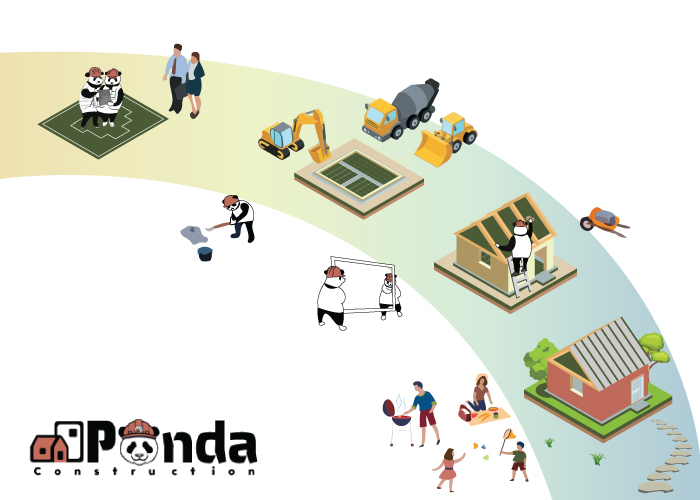 Panda Steps
Panda Steps
6 Stages: How? Why? What? When?
- What does each building step involve?
- When do we have to make final decisions about cabinets, fixtures, flooring, and so on?
- When do building inspections take place?
- Will we have a chance to inspect it ourselves before we take possession?
The process and schedule will also be affected by the size and style of the house; the lot; the construction techniques used; the amount of customization required; the number of municipal inspections.
 Phase One:
Phase One:
Pre-Construction
Before any construction begins, plans for your home are developed, finalized and submitted to the municipal building permit office for review. Permits may be required for all or some of the following work: building, electrical, plumbing, septic system and sewer connection.
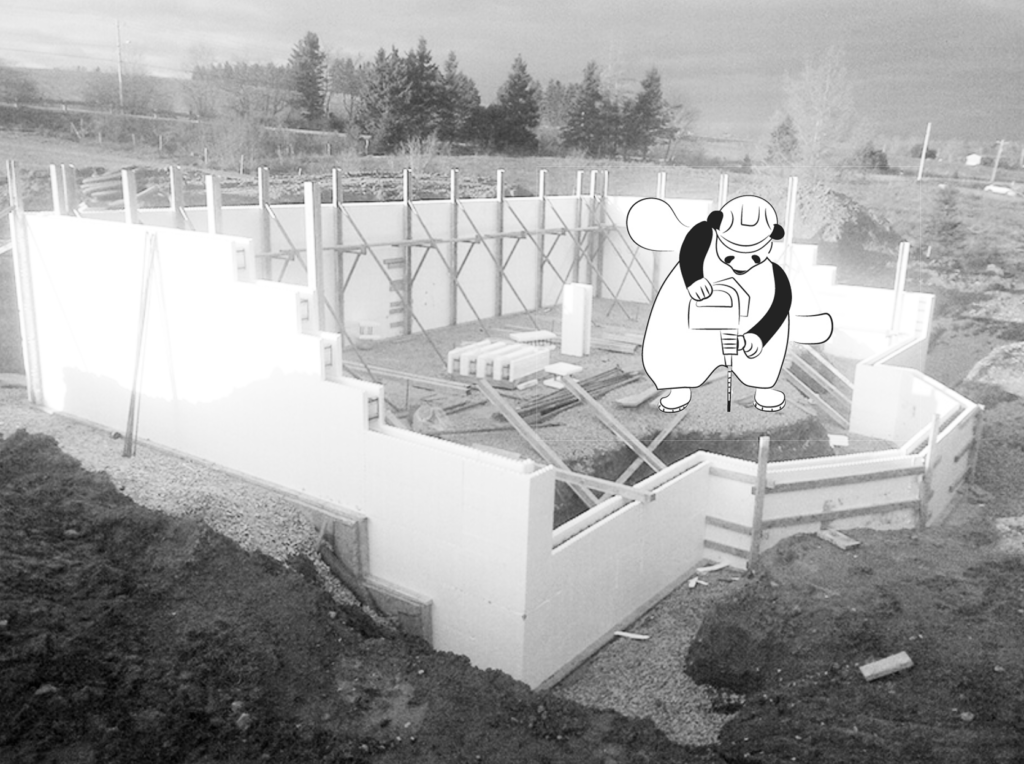 Phase Two:
Phase Two:
The Foundation
Your house is staked out and the land is prepared. Often, the topsoil is removed and piled elsewhere for later use. Excavation is done, and the footings (concrete slabs to support the foundation walls) are formed and poured. Water, electricity, telephone and cable services may be brought in at this time.
The foundation walls are erected (may use poured concrete in temporary wooden forms or permanent insulated blocks, concrete blocks or preserved wood, for instance). The foundation may be insulated and damp-proofed. Drainage is installed to keep ground moisture away from the house. A municipal inspection of the foundation may be conducted before the outside perimeter is backfilled.
At this time, the builder may ask you to begin making your selections—deciding on flooring, tiles, cabinets and so on. While it will be weeks before these items are installed, they must be ordered early to prevent delays later.
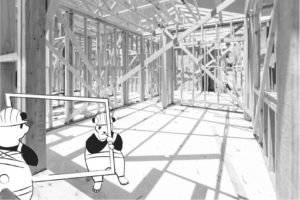 Phase Three:
Phase Three:
Framing
Exterior walls, interior partitions and the roof are assembled. This usually means erecting a framing skeleton and applying an exterior sheeting; or another framing technique may be used.
Once the house is fully framed, windows and doors are installed. The builder’s aim is to get to “lock-up” where it is closed as quickly as possible to protect the structure from the elements.
The basement floor is installed. Electrical and plumbing services are roughed in, and ducting for heating, cooling and ventilation is put in place.
At this time, your municipality will probably require a structural inspection to ensure that the home meets all building code requirements. Electrical and plumbing inspections will likely be conducted as well.
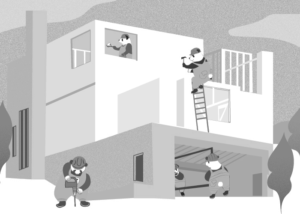 Phase Four:
Phase Four:
Interior and Exterior Work
For the next several weeks, a great deal of work will happen inside and out, much of it at the same time.
The exterior walls and the roof are insulated, and a vapour barrier is applied. Another municipal inspection may take place to ensure this work has been done properly, before the drywall is installed. Heating and cooling systems are installed, including fireplaces.
Walls and ceilings are painted, flooring is laid, and kitchen and bathroom cabinets are installed. Plumbing and electrical fixtures are put in, trim is applied, and interior doors are hung.
Siding is applied on the outside, along with eavestroughing, and porches and decks are installed. Final lot grading is done, and the driveway and walkways are put in.
Several additional municipal inspections may occur—for instance, after completion of the interior to check stairs, handrails and other health and safety related items, and/or after final grading outside. Plumbing and electrical work will probably require final inspection. During this period, your builder will stay in regular contact with you, to update you on progress and to meet deadlines for selecting finishes and other decisions you may need to make.
 Phase Five:
Phase Five:
From near-completion to hand-over
At this point, your builder and crew are busy completing the final touches and cleaning up. You will be asked to do a walk-through of your home with the builder. Any last-minute touch-ups will be done. On the date of possession, you will be handed the keys–the home is now yours!
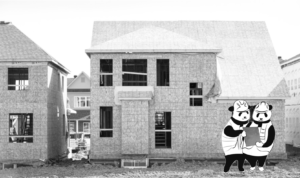 Other Choices and Decisions
Other Choices and Decisions
Pro and Cons
Construction Quality:Look closely at the overall quality of builders’ model homes, from design and construction to finishing touches. While the model home may be only one of many designs offered by the builder, it provides a clear indication of what you can expect when you buy from the company.
Floor Plans: Room size can be difficult to judge. Rooms that look adequate on paper may be too cramped once your furniture is in. Sometimes, windows, doors, a fireplace and traffic paths limit furniture placement, even in a large space. If you are buying from plans, use a model home for comparison to get a sense of space and flow, or use the sales office to get a gauge on dimensions. Know the measurements of your furniture so you can determine more easily if a room is the right size. Alternatively, use cut-outs, scaled to size, to test the placement of your furniture on a printed house plan.
Features, Upgrades and Options: One of the unique aspects of buying a brand new home is that you get to decide on the features and finishing touches that you want. Here are some of the things you should be aware of, and consider:
Upgrades and Options: Most builders offer a full range of upgrades – products of a higher quality such as thicker carpeting, premium countertops, or full exterior brick cladding. Upgrades will add to the price of the house, but typically the builder will credit you with the cost of the item you are replacing, so the extra expense is limited to the difference between the items. Finally, many builders will also encourage you to consider other features and finishing touches, large and small, that can add value, enjoyment and convenience to your home.

Design & Build
with Panda Housing
Serving GTA & Beyond
Affordable Service for Every Family.
We are Canada’s leading architecture and construction practice dedicated exclusively to laneway and garden suites.
Our Featured Projects
Unique secondary homes
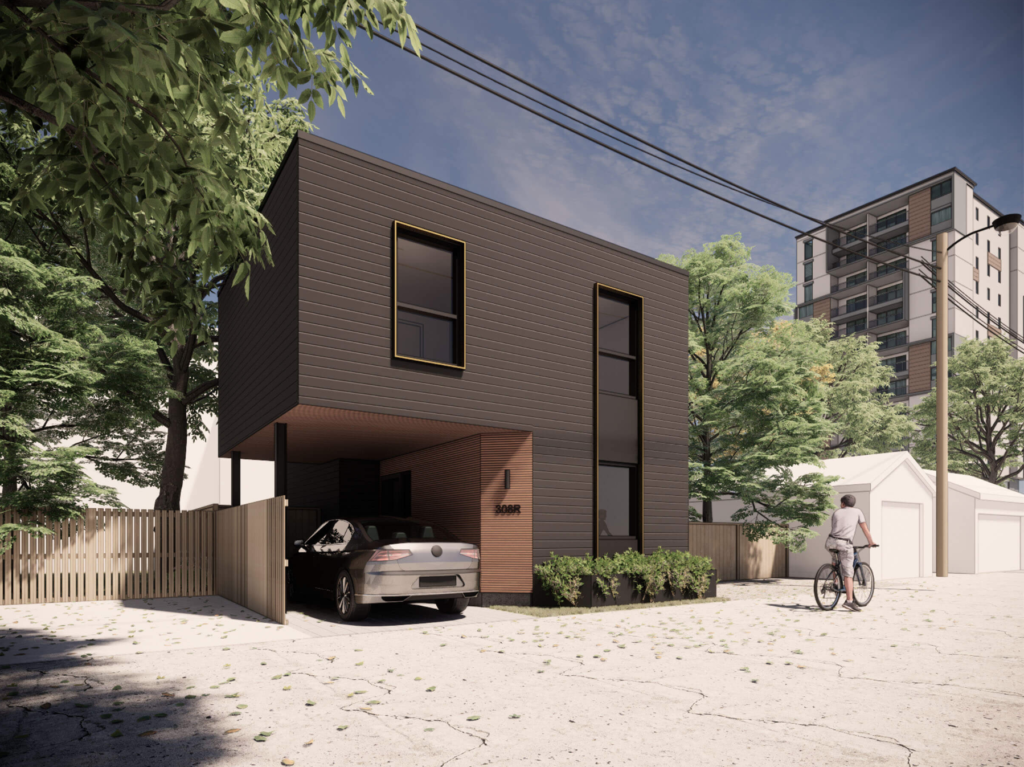
Feature.
01
Dundas Den
This unit offers an exciting glimpse into how the laneway suite typology can breathe new life into underutilized areas of our city by adding density to residential neighbourhoods.
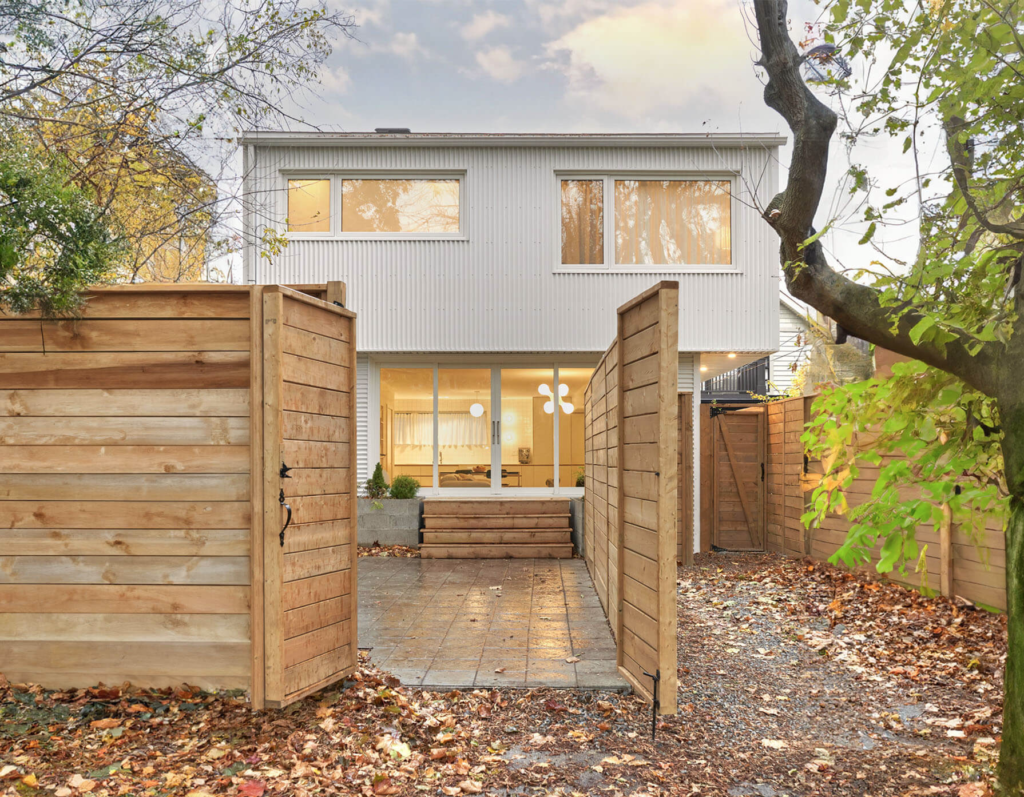
Feature.
02
Dovercourt Cubby
The Norwood Park Laneway Suite illustrates how multiple homeowners can work together to create new housing for their neighbourhood, while creating a uniform design across three separate properties.
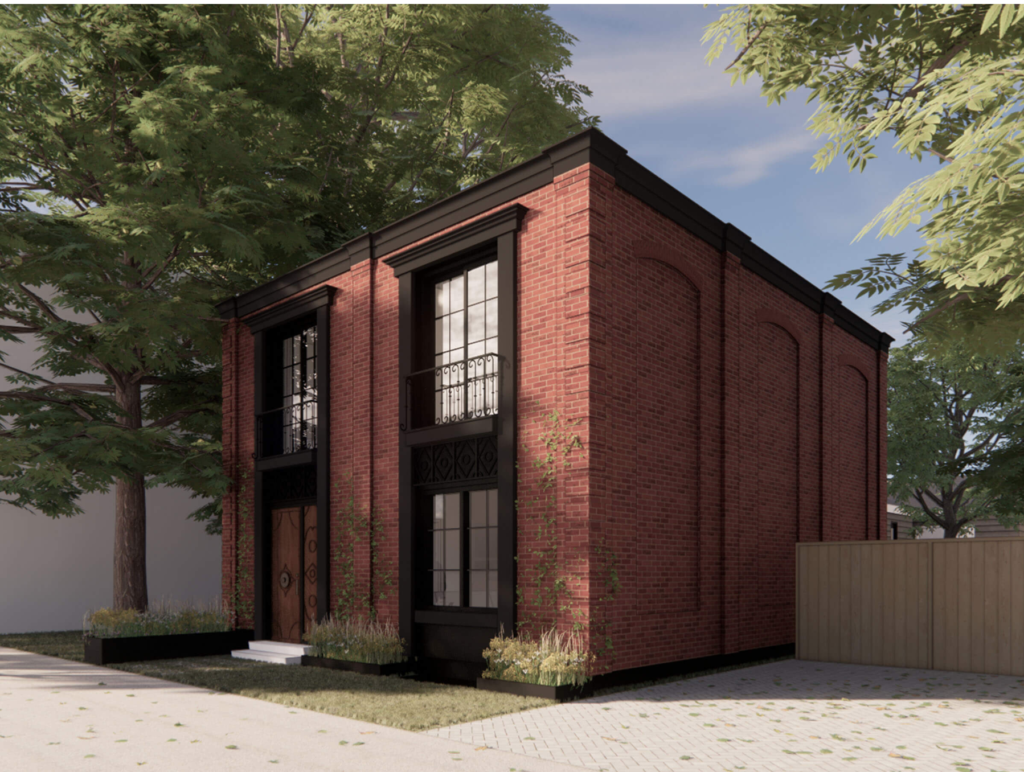
Feature.
03
Coleridge Cove
The Hillcrest Laneway Suite demonstrates how a future-oriented vision and skillful planning can supplement family income, add lasting value to a property, and provide long-term housing flexibility.
